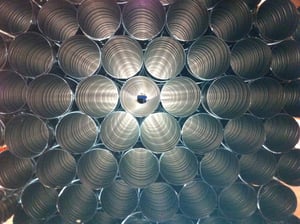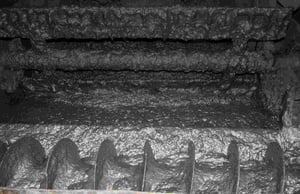Unlocking the full potential of asset finance starts with a simple but crucial distinction—hard vs soft assets. Get this right, and you improve your approval odds, secure better terms, and strengthen your business growth trajectory. Get it wrong, and you could be left scrambling for funding or facing unfavourable rates. Here’s how understanding asset categories can shape smarter finance decisions and attract the right lenders.
Asset Finance offers a powerful route for businesses to acquire or refinance the equipment they need to grow. But before diving into an agreement, it’s essential to understand what type of asset you’re dealing with. Assets are divided into two primary categories: hard assets and soft assets. Each type carries different implications for lenders, approval processes, and interest rates. By identifying your asset type early on, you can streamline your finance application and partner with lenders aligned with your goals.
Hard assets are typically high-value, tangible items that form the operational backbone of many businesses. These include vehicles, construction machinery, engineering tools, and agricultural or forestry equipment. Their durability, market value, and ability to generate revenue make them an attractive proposition for lenders. Since these assets can be easily resold if a borrower defaults, they serve as strong collateral. This security often translates into better rates and a smoother financing process.
Soft assets, on the other hand, are less straightforward. These include office fit-outs, software, telecommunications systems, and various electronics. While many of these items are essential to modern businesses, they tend to depreciate faster and may offer little to no resale value at the end of a finance term. Moreover, some soft assets are intangible, making them harder to secure funding against. For instance, while computer hardware might still hold some value, a software subscription does not. As a result, financing soft assets often comes with tighter conditions or higher interest rates, unless additional security is provided.
Understanding the core differences between these asset types helps borrowers tailor their finance approach. For example, a construction company looking to acquire an excavator through Hire Purchase will likely have a much easier time securing funding due to the asset’s resale value and operational importance. In contrast, a marketing agency financing an office refurbishment may need to offer additional collateral or consider alternative finance structures to get their proposal over the line.
The distinction between hard and soft assets also affects the range of available finance products. Lenders are generally more flexible with hard asset finance, offering options like Hire Purchase, Finance Lease, Sale & HP Back, and Refinance agreements. Soft assets, while trickier, can still be financed—but it often requires a deeper understanding of lender criteria and a proactive finance partner who can structure deals creatively.
At Time Finance, the focus is on helping SMEs access both hard and soft assets through tailored finance solutions. Whether your business needs a fleet of vehicles or a full IT system upgrade, understanding what you’re financing—and how lenders view that asset – is the first step toward a successful outcome.
Time Finance plc (LON:TIME) is an AIM-listed business specialising in the provision or arrangement of funding solutions to UK businesses seeking to access the finance they need to realise their growth plans. Time Finance can fund businesses or arrange funding with their trusted partners through Asset Finance, Invoice Finance, Business Loans, Vehicle Finance or Asset Based Lending.









































